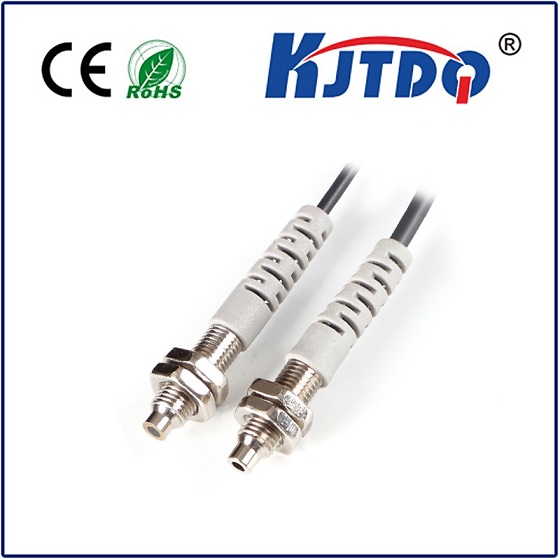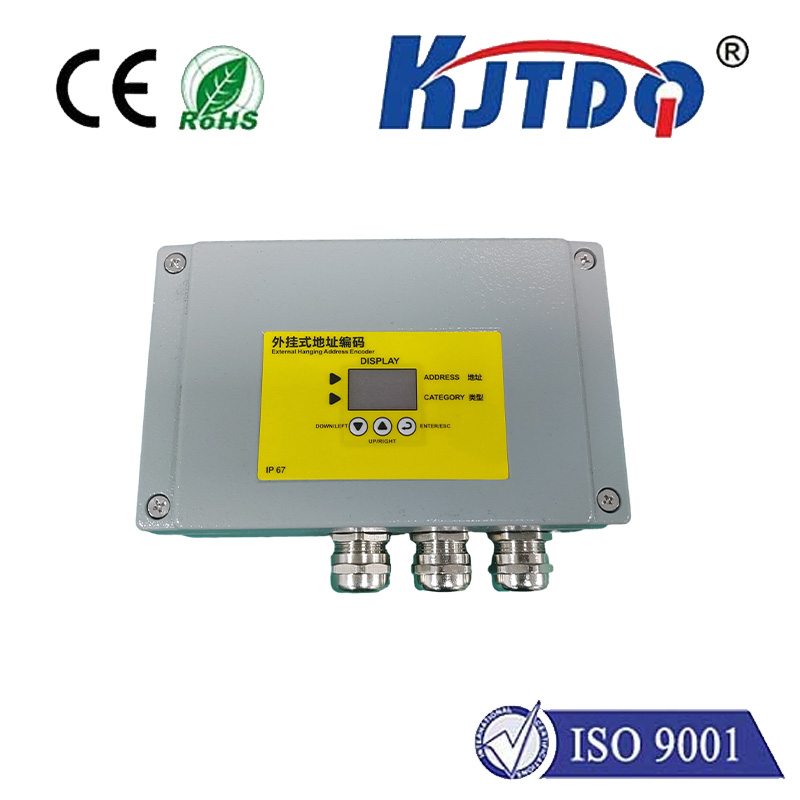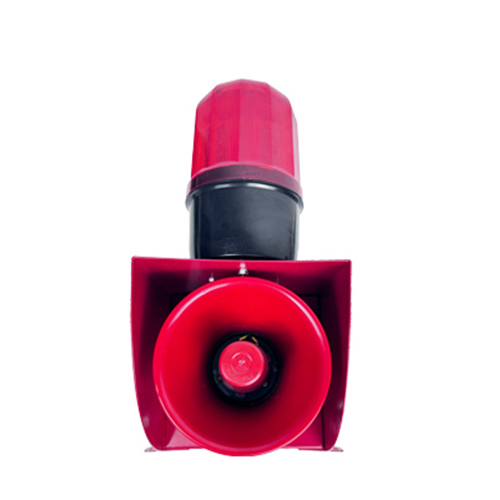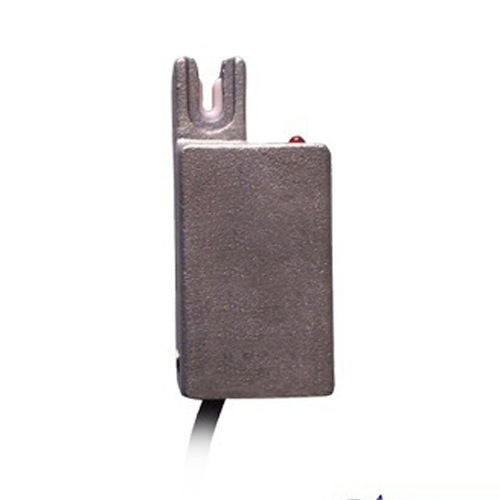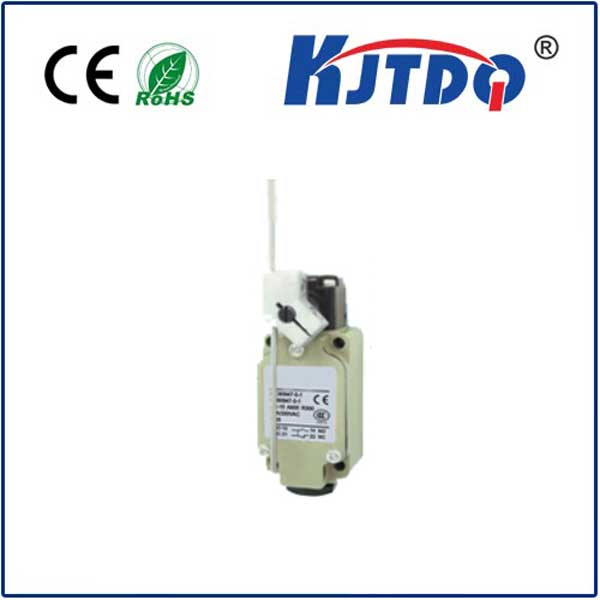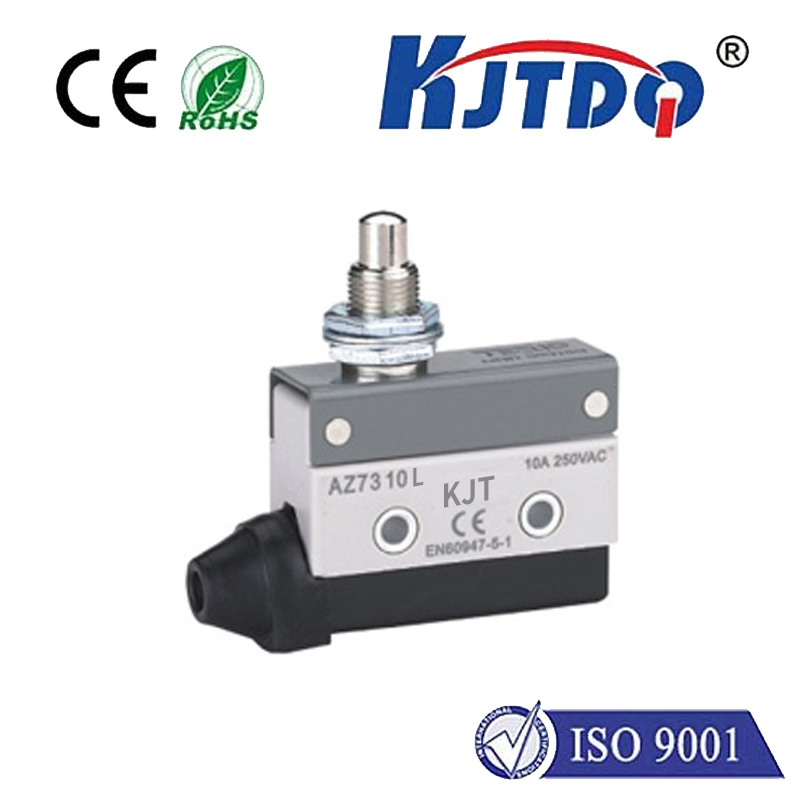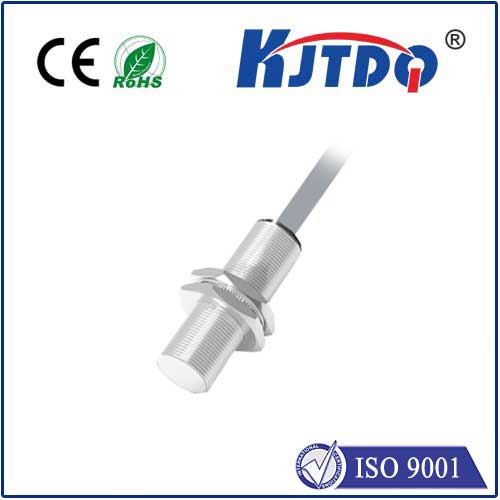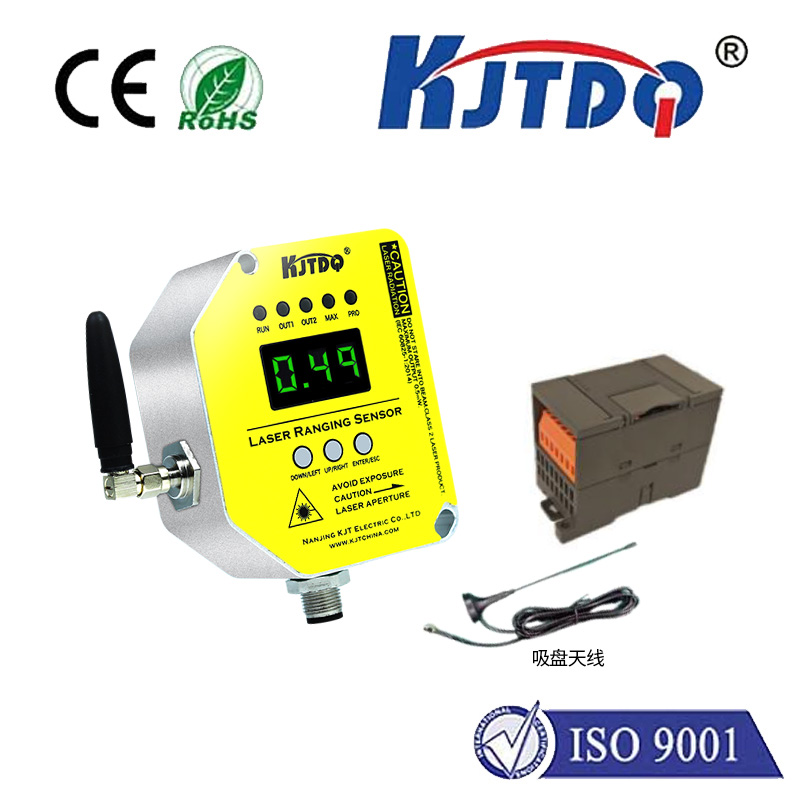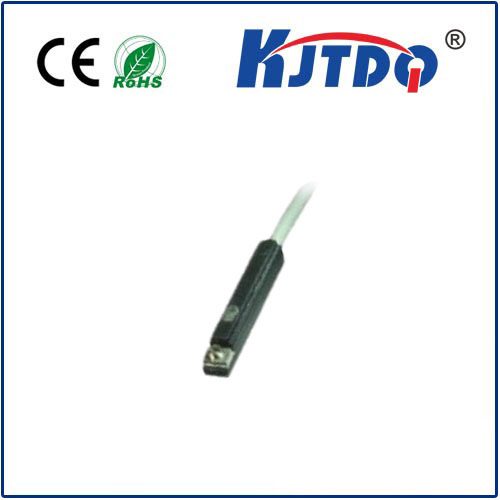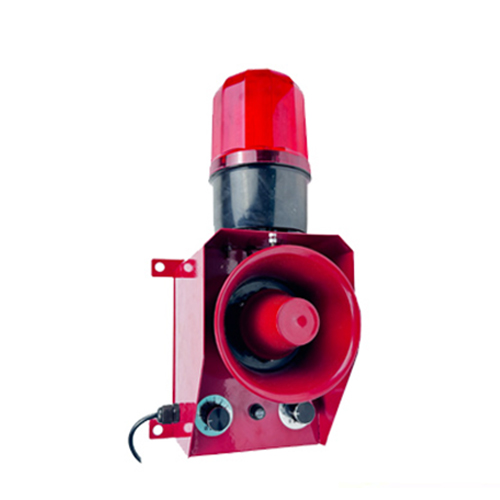

check

check

check

check

check

check

check

check

check

check
Title: Unlocking the Potential of Laser Ride Height Sensors
Introduction:
In recent years, the use of laser ride height sensors has become increasingly popular in various industries due to their high precision and reliability. These sensors are designed to measure the height of objects or surfaces accurately, providing valuable information for a wide range of applications. In this article, we will explore the fundamental principles behind laser ride height sensors, their advantages over traditional methods, and their potential future applications.
Principles Behind Laser Ride Height Sensors:
Laser ride height sensors work by emitting a laser beam from a laser diode or fiber amplifier. This beam reflects off the surface being measured and is then focused back onto the receiver, which measures the distance traveled by the light. The time it takes for the light to travel from the sender to the receiver and back is used to calculate the distance between them, resulting in an accurate measurement of the object's height.
Advantages Over Traditional Methods:

Compared to traditional methods such as contact sensors or tape measures, laser ride height sensors offer several key advantages:
1. High Accuracy: Laser sensors can measure heights with exceptional precision, often reaching up to +/- 0.1 mm. This level of accuracy makes them ideal for tasks that require strict compliance with specifications.
2. Non-Contact: Unlike contact sensors, laser ride height sensors do not physically contact the surface being measured, reducing the risk of damage or contamination. This makes them suitable for sensitive environments such as medical devices or food processing equipment.
3. Easy Installation: Laser sensors typically have a simple installation process, requiring only a flat surface to reflect the laser beam. They also have minimal maintenance requirements, making them cost-effective solutions for long-term use.
Potential Future Applications:
As technology continues to advance, the potential applications of laser ride height sensors are expanding rapidly. Some of the current and anticipated applications include:
1. Robotics and Automation: Laser sensors can be used to precisely control robots and other automated systems, ensuring accurate and safe operations in manufacturing, logistics, and other industries.
2. Construction and Engineering: In construction projects, laser sensors can help ensure that workers adhere to building codes and safety regulations by measuring distances between objects andVerifying correct placement of materials before assembly.
3. Agriculture and Horticulture: By measuring plant heights and growth rates using laser sensors, farmers can optimize irrigation and fertilization schedules and improve crop yields.
Conclusion:
Laser ride height sensors represent a significant advancement in measurement technology, offering superior accuracy, reliability, and safety compared to traditional methods. As more industries continue to adopt these sensors, their potential applications are likely to expand even further, transforming the way we work and live in the coming decades.
